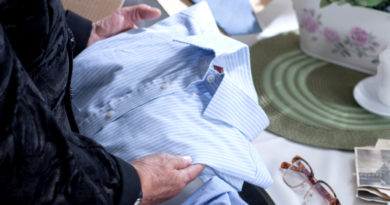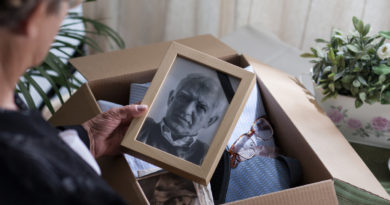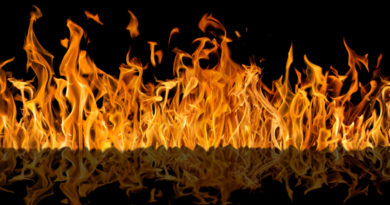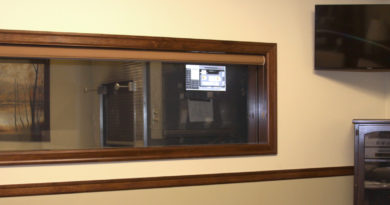U.S. Presidential Funeral Traditions
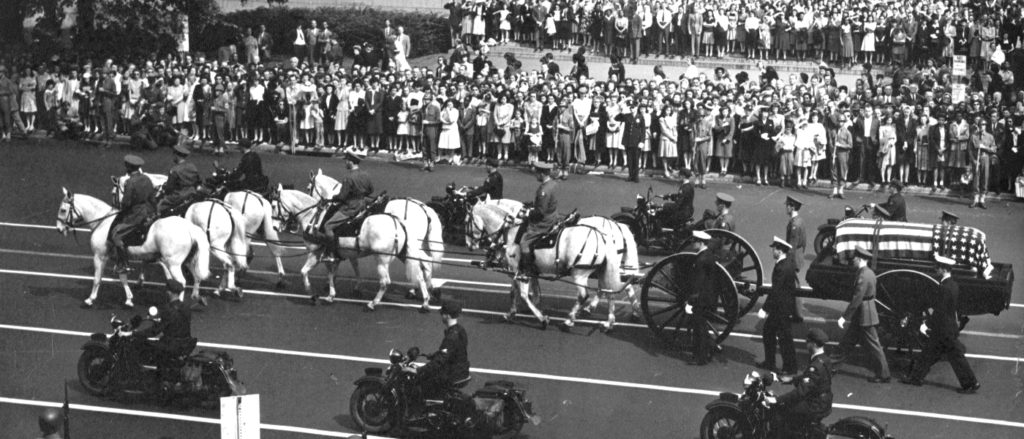
Photo courtesy of the U.S. National Archives.
While every death creates the challenge of planning personalized, meaningful funeral and interment services for the deceased, the death of a U.S. president requires additional considerations not usually associated with a typical funeral. This article details the most common rites, rituals, services and ceremonies involved in a state funeral following the death of a U.S. president.
A Brief History of U.S. State Funerals
Although he was not the first U.S. president to die while still in office, the assassination of Abraham Lincoln on April 14, 1865, generally lead to the creation of “state funerals” — the formalized rites, rituals, services and ceremonies conducted publicly that provide an opportunity for citizens to both honor a fallen leader and to express their grief.
Due primarily to the telegraph, advances in communication speed in the mid-19th century enabled the Chicago Tribune to publish details about the president’s assassination the very next morning (April 15), and residents of San Francisco knew about it by “lunchtime” that same day. Thus, Lincoln’s murder triggered a national awareness and outpouring of grief in “real time” that prompted the federal government to start formally accommodating the needs of citizens by establishing the public components of what we know today as state funerals.
On December 30, 1965, roughly two years after the assassination of President John F. Kennedy, the U.S. federal government published “State, Official, and Special Military Funerals,” a codification of the many details and protocols to follow after the death of a president. The Washington Military District oversees these protocols today, with input from numerous government agencies and the military. Not surprisingly, the state-funeral protocols for U.S. presidents result in a “very thick volume.”
In addition, in the late 1960s, U.S. presidents started to create their own funeral arrangements — either while in office and/or after retiring from the presidency — in order to provide a tentative plan to follow after the former commander-in-chief succumbs to the inevitable. (The media widely reported in the mid-2000s that of all the living former presidents at that time, President Clinton still had yet to do so.) As of January 01, 2023, the still-living former U.S. presidents comprise Jimmy Carter, Bill Clinton, George W. Bush, Barrack Obama, and Donald Trump.
State Funeral Traditions for U.S. Presidents
While every U.S. president, his spouse and other family members ultimately determine the final form of the state funeral, there are numerous rites, rituals, services and ceremonies generally common to the funerals conducted for America’s commander-in-chief, such as:
• Timely, formal notification of the death to every branch of the U.S. government, foreign nations and the public.
• Public viewing of the (closed) casketed deceased in the president’s home state.
• Transfer of the remains to the National Cathedral in Washington, D.C., for public viewing of the (closed) casket.
• A funeral procession along Constitution Avenue in Washington, D.C., with the transfer of the casketed remains to a caisson at the intersection of Constitution and 16th Street (the point at which the White House is first visible). From there, the funeral caisson will carry the casketed remains to the U.S. Capitol.
• “Lying in state” in the U.S. Capitol Rotunda, where both the public and world leaders may view the (closed) casketed remains. Today, the president’s remains rest on the same casket bier or catafalque that supported Abraham Lincoln’s coffin in 1865. (Incidentally, William Howard Taft’s state funeral in 1930 was the last time a U.S. president’s casket was open while lying in state.)
• A formal national funeral service in the U.S. capital, often at the National Cathedral.
• Transfer of the remains to the location of the final interment, preceded by a private funeral service for family members, friends and other invited attendees.
In addition, U.S. presidential funerals can feature other symbolic rites, rituals and services, such as:
• a riderless horse carrying empty boots that point backward, both of which featured prominently in the funeral for President John F. Kennedy and signify that a fallen warrior will not return
• a fly-over by military aircraft
• a 21-gun salute
• a special honor guard whose members represent every branch of the U.S. Armed Forces
• honorary pallbearers
• police and military escorts
• multiple eulogies by dignitaries and world leaders
Again, while the Washington Military District oversees the many protocols involved in state funerals for U.S. presidents, it is important to remember that the president, his spouse and other family members ultimately determine which specific rites, rituals and services and ceremonies feature in the eventual state funeral for each U.S. president.
Sources:
“Abraham Lincoln assassination coverage revisited” by James R. Carroll, February 14, 2015. The Courier-Journal. Retrieved November 25, 2017. http://www.courier-journal.com/story/news/local/2015/02/13/abraham-lincoln-assassination-coverage-revisited/23381599
“Reagan: Funeral Traditions” by Donald A. Ritchie, June 9, 2004. The Washington Post. Retrieved November 25, 2017. http://www.washingtonpost.com/wp-dyn/articles/A24381-2004Jun8.html
“State Funeral Ceremonial Tradition.” Retrieved November 25, 2017. http://www.usstatefuneral.mdw.army.mil/ceremonial-traditions/state-funeral-ceremonial-traditions
“Memorial or Funeral Services in the Capitol Rotunda,” Senate Historical Office, 2012. Retrieved November 25, 2017. http://www.senate.gov/artandhistory/history/resources/pdf/LyingState.pdf


